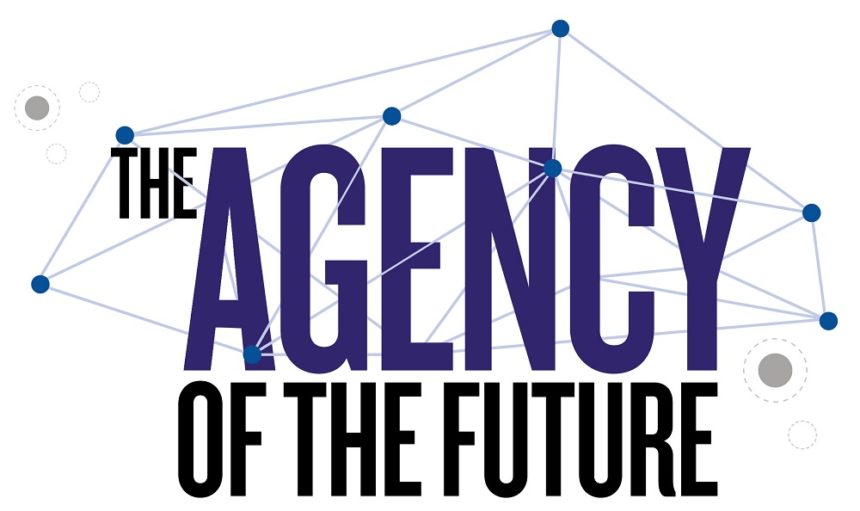Close followers of the agency network universe know that hardly a week goes by without some pronouncement of a “new agency model” that will address all that ails the industry and its client base. These range from consolidations to new naming conventions to full-blown freelance communities.
But the question often left unanswered is this: What are we really trying to solve for? Every buyer wants to save money with vendors and every vendor wants to have a growing and profitable business. So a great deal of this seems to be an effort to wring out inefficiencies for both parties, which is fair and expected.
However, the effort focused on modest cost savings can overlook the fundamental issue that needs to be addressed: what the healthcare market of the future looks like and what’s needed to succeed, especially when success is defined as patients receiving life-changing or life-saving medical innovations.
To put the current and future states into perspective, it helps to take a quick look back. For a 10-year stretch beginning around 1995, we enjoyed a golden decade of pharmaceutical innovation. During that period, pharma improved and extended the lives of countless patients in the massive therapeutic areas of hypertension, dyslipidemia, diabetes, depression, and asthma, among others. This tidal wave of new primary care medications, combined with a nearly inexhaustible number of treatable patients and virtually nonexistent payer controls, created a client-vendor landscape that also seemed to be without limits.
In the decade that followed, the industry experienced tremendous coverage expansion, first through the introduction of Medicare Part D and then through the Affordable Care Act. Together, these provided comprehensive outpatient drug coverage for seniors and other Medicare-eligible beneficiaries for the first time. They also greatly reduced the number of uninsured Americans.
In short, the ability to identify and advance innovative treatment options is far outpacing the ability to pay for them
Dan Renick, Precision Value & Health
So how about the stretch we’re currently in? Why is it presenting more fundamental issues to address — issues that can’t simply be resolved with a new agency name, logo, or procurement negotiation?
In the last three or four years we’ve seen a tremendous acceleration in the launch of highly specialized medical treatments, with pipelines promising many more. At the same time, a host of payer pressures continues to escalate in the form of aggressive utilization management and downward price pressures.
In short, the ability to identify and advance innovative treatment options is far outpacing the ability to pay for them — not to mention the increased scrutiny on how much we’re paying and what value is received. Taking all of this together, we see several large primary care markets, such as diabetes, continue to exist, and more Americans than ever receive some form of prescription drug benefit coverage.
Yet the growth and cost of specialized treatments have radically changed how payers and other market participants are approaching management and access to medications. Recently released formulary exclusion lists confirm that no category or therapeutic area will be off limits, as evidenced by non-coverage of drugs used to treat hemophilia, HIV, and hepatitis C.
The future is now
Given this backdrop, it makes sense to consider what the agency network of the future should look like — and by future I really mean now. What’s needed goes well beyond the contents of typical press releases that describe simplified structures and new identities.
Rather, the critical need is for an agency partner that offers a truly integrated, multidisciplinary approach across disciplines that really matter. And what really matters is the deep expertise needed to successfully address the tightly intertwined union of patient, provider, and payer in the utilization of highly complex medications and treatments.
Clients are recognizing this critical need. In recent months we have seen a steady uptick in RFPs that explicitly require participating agencies to demonstrate strategic and operational expertise across the continuum of market access, provider, and patient disciplines. Still, clients are appropriately cautious. They want to know what key risks need to be considered.
Without question, the top risk in evaluating this model is breadth-without-depth across the core disciplines. For extremely complex disciplines such as market access, extensive depth is required to address matters of reimbursement, channel dynamics, access support services, medical policies, and the list goes on. A litmus test for clients is simply: Would I engage and trust this discipline offering in a standalone fashion, or am I just being expedient with a buying decision to reduce my number of vendors? If the answer to the first isn’t a definitive yes, then disappointment awaits.
Finally, the network of the future cannot function at the new level required if pseudo-integration is what a buyer is actually getting. Such integration requires clients to work separately with different agency disciplines despite a single brand being represented. As work streams progress, disconnects become apparent.
Based on our extensive experience with multidiscipline client partnerships, we have steadily evolved our approach to the point where we now assemble the right mix of discipline expertise to address our client’s needs, and then establish that team as the actual “agency” for our client to work with. In this true integration model, the focus is solely on the client’s business plan, radiating out from that core in a unified fashion. With integration, all eyes end up focusing on the client.
As we move forward into this new era, the most rewarding aspect of an integrated approach is seeing the increased likelihood that appropriate patients receive the medical innovations that truly improve and extend their lives. Now that’s worth solving for.
Dan Renick is president of Precision Value & Health.
From the November 01, 2018 Issue of MM+M - Medical Marketing and Media







